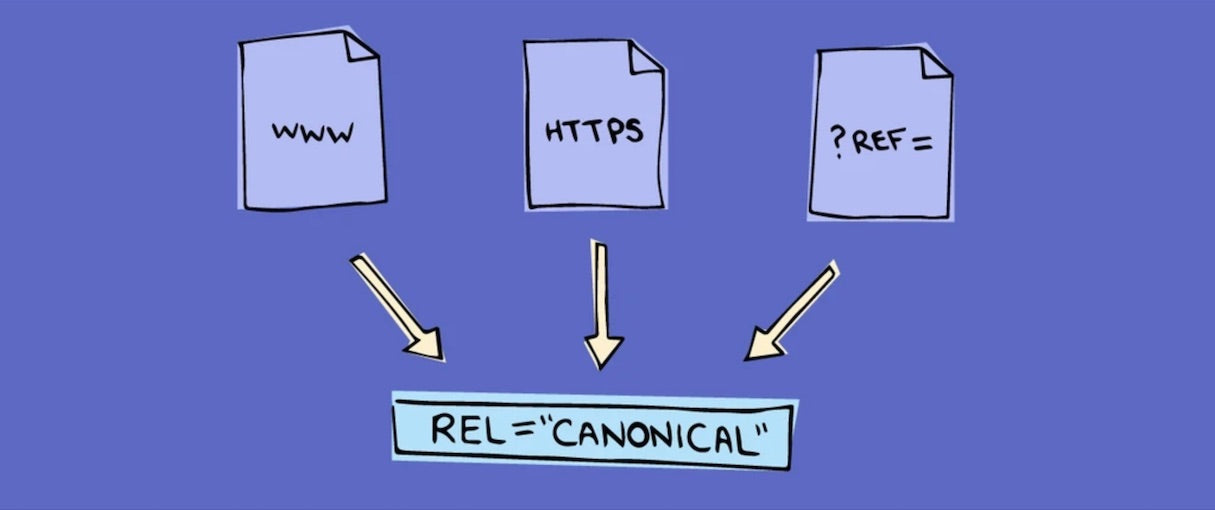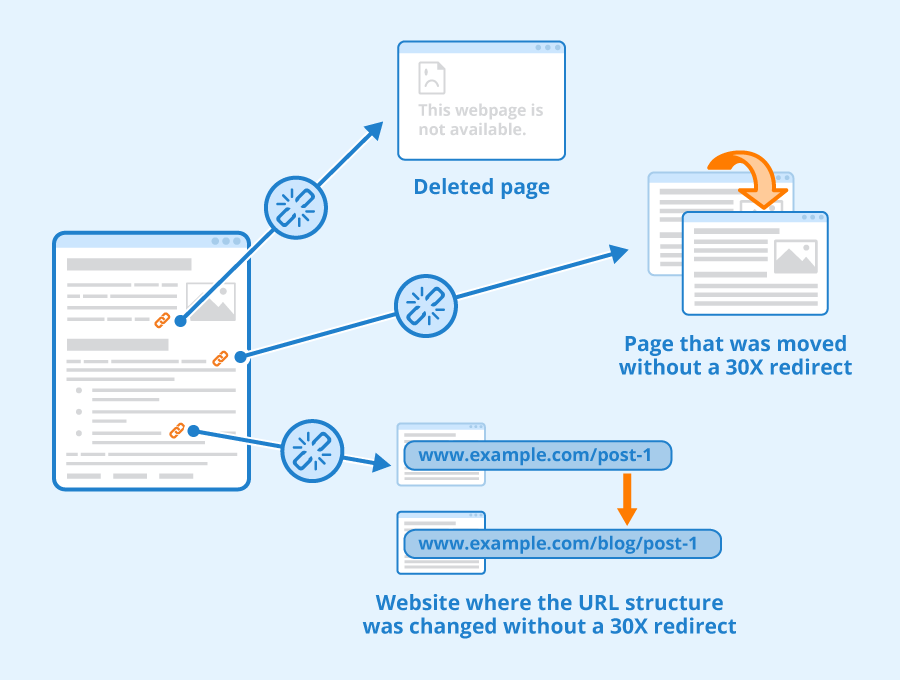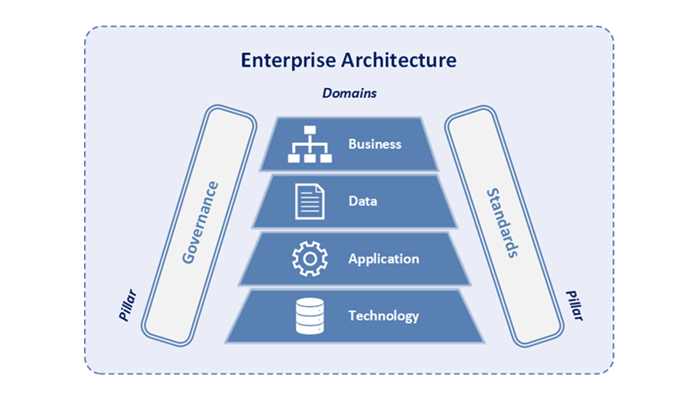How to Fix Common Technical SEO Issues on Your Website
Are you struggling to improve your website's search engine ranking? Have you noticed a decrease in organic traffic? Chances are, you may have some technical SEO issues that need to be addressed. In this article, we will discuss ways to fix common technical SEO issues on your website to help improve your site's visibility and performance.

PageSpeed
One of the most crucial technical SEO factors is page speed. Slow loading times can negatively impact user experience and search engine rankings. Use tools like Google PageSpeed Insights to identify areas for improvement and optimize your website for faster loading times.

Duplicate Content
Duplicate content can confuse search engines and dilute the relevance of your pages. Use tools like Copyscape to identify duplicate content on your website and eliminate it by either updating the content or setting up 301 redirects.

XML Sitemaps
XML sitemaps help search engines crawl and index your website more efficiently. Ensure that your website has a properly formatted XML sitemap and submit it to search engines like Google and Bing.

Structured Data and Schema Markup
Implementing structured data and schema markup can help search engines better understand your website's content. This can lead to rich snippets in search results, improving click-through rates and visibility.

Web Crawler and Robots.txt
Optimize your website's robots.txt file to control which pages search engines can crawl and index. Make sure important pages are not blocked and that unnecessary pages are.

Hreflang Tags
If your website targets multiple languages or countries, use hreflang tags to indicate to search engines which version of a page should be shown to users based on their language or location.

Canonical Tags
Use canonical tags to indicate the preferred version of a page when multiple versions exist. This helps prevent duplicate content issues and consolidates the ranking signals to the preferred URL.

Mobile-Friendly Design
Ensure your website is mobile-friendly to provide a seamless user experience on all devices. Google prioritizes mobile-friendly websites in search results, so it's crucial to have a responsive design.

Indexation
Monitor your website's indexation status regularly to ensure that all important pages are properly indexed by search engines. Use tools like Google Search Console to identify and fix any indexation issues.

Pages, Redirects, and Site Structure
Audit your website for keyword cannibalization, organize your content into categories, and utilize breadcrumb navigation to improve user experience and search engine visibility.
Broken Links and Crawl Errors
Regularly check for broken links and crawl errors on your website. Use tools like Screaming Frog to identify and fix any issues that may negatively impact user experience and search engine rankings.

Core Web Vitals
Pay attention to Core Web Vitals metrics like page speed, interactivity, and visual stability. Google considers these factors when determining search rankings, so optimizing them is essential.
Domain Factors and Site Architecture
Consider factors like domain age, authority, and relevance when optimizing your website for search engines. Ensure a clear site architecture that helps users navigate your site easily.
In conclusion, addressing common technical SEO issues on your website is
crucial for improving your search engine rankings and driving organic
traffic. By following the tips outlined in this article and regularly
monitoring your website's performance, you can improve your site's
visibility and attract more visitors. Remember, SEO is an ongoing
process, and staying up-to-date with best practices is key to success.
Remember, implementing technical SEO best practices is essential for
boosting your website's visibility and performance. By addressing these
common issues, you can enhance your site's search engine rankings and
attract more organic traffic. So, roll up your sleeves and start
optimizing your website today!



